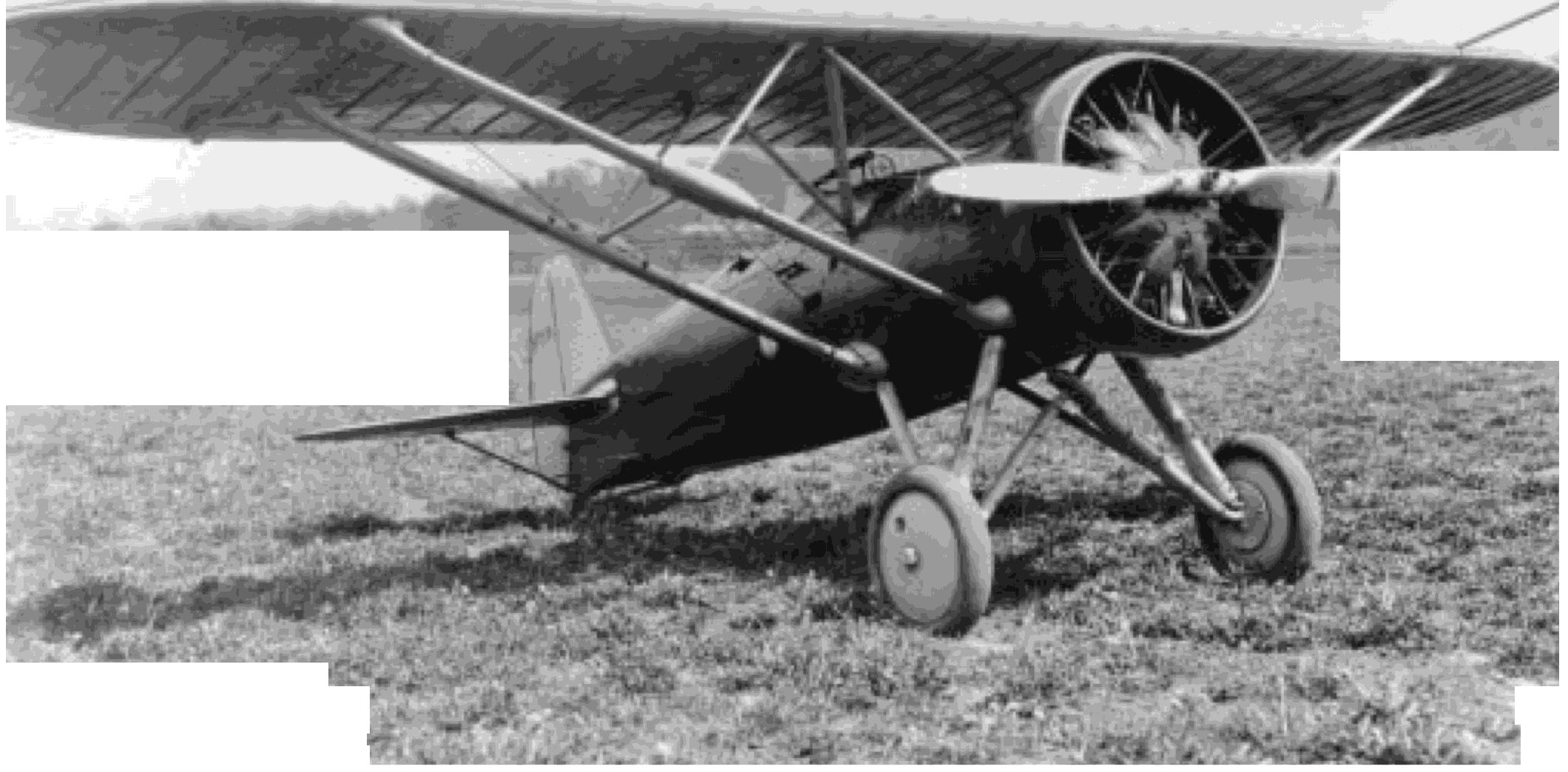
78
UNITED STATES NAVAL AVIATION
1910-1995
1930-Contin ued
31 January
Lieutenant Ralph S. Barnaby made a
successful air-to-ground glider flight, dropping from
the rigid dirigible
Los Angeles
(ZR-3) at an altitude of
3,000 feet over Lakehurst, N.J.
7 February
Action to develop a means of recovering
seaplanes by ships underway was initiated by a
request from the Bureau of Aeronautics that the Naval
Aircraft Factory study the problem and work up
designs for a system adaptable in recovering seaplanes
of the 02U-3 type.
14 February
The first monoplane designed for carri-
er operations, a Boeing Model 205 fighter later pur-
chased by the Navy and designated XF5B-l, was deliv-
ered to NAS Anacostia, D.C., for test. The Board of
Inspection and Survey in its report commented
adversely on the XF5B-l's landing, takeoff and high
altitude characteristics, but recommended further
development to obtain a rational comparison of mono-
plane and biplane types.
15 February
The design of retractable landing gear,
particularly attractive for use in fighting planes
because of its promise to improve performance and
thereby enhance military value, had progressed to the
point that the Naval Aircraft Factory was authorized to
construct working models as a means of establishing
the practicability of various retracting mechanisms.
.
....
(
.
.
21 March
The Martin XT5M-l, first dive bomber
designed to deliver a 1,000-pound bomb, met strength
and performance requirements in diving tests.
21 April
The Bureau of Navigation issued a circular
letter directing that no more enlisted applicants be rec-
ommended for pilot training. When men already in the
system or under instruction completed their course in
early 1932, this order caused a temporary lull in enlist-
ed pilot training.
22 April
A naval treaty was signed at London,
England, by the signatories of the Washington Naval
Treaty which carried forward the general limitations of
that earlier agreement and provided for further reduc-
tions of naval armament. Under the terms applicable to
Naval Aviation, the definition of an aircraft carrier was
broadened to include ships of any tonnage designed
primarily for aircraft operations; and it was agreed that
installation of a landing-on or flying-off platform on a
warship designed and used primarily for other purpos-
es would not make that ship an aircraft carrier; and fur-
ther, that no capital ship in existence on 1 April 1930
would be fitted with such a platform or deck.
31 May
The last Curtiss Marine Trophy Race, an
annual event for service seaplanes, was won by
Captain Arthur H. Page, USMC, in an F6C-3 Curtiss
fighter with a speed of 164.08 mph. The race was
staged over the Potomac off NAS Anacostia, D.C.
FiJ:5t experimental monoplane fighter, XF5B-1
460387
. ....
 |
2 |
 |